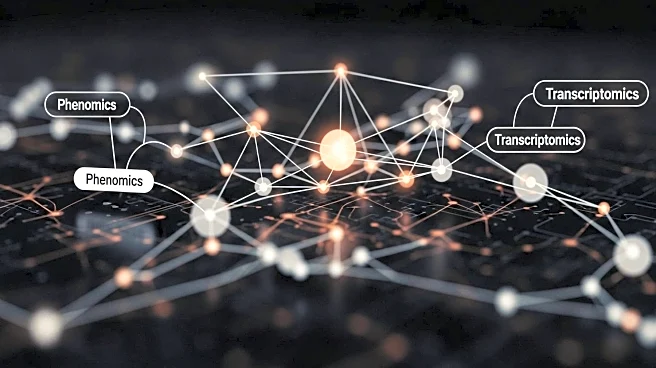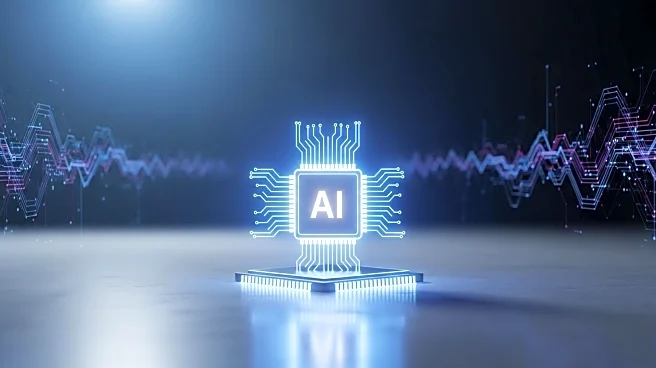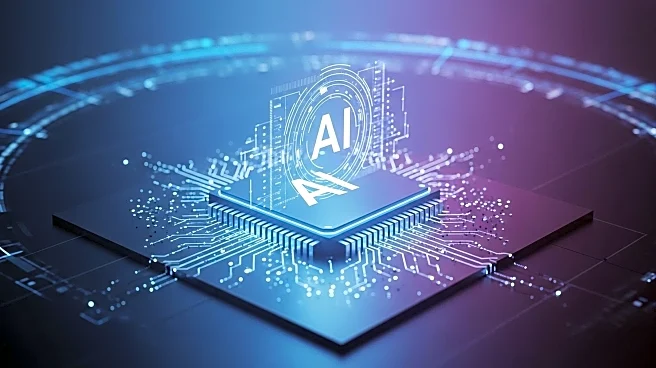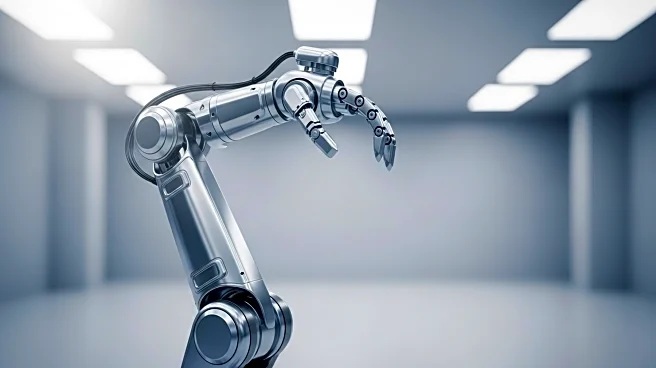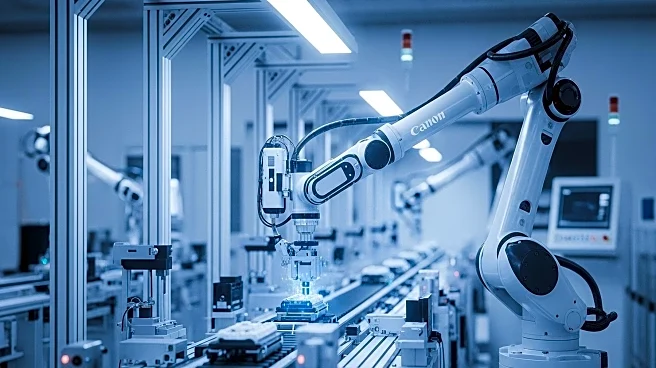What's Happening?
Generative artificial intelligence (GenAI) is facing significant implementation challenges in the life sciences sector, with over 70% of experiments failing to reach production. The core issue lies in the gap between experimental capabilities and production requirements, which demand consistent performance across diverse data sets and technologies. The article emphasizes the importance of focusing on high-frequency tasks for successful implementation, such as automating repetitive manual processes and text analysis. It also highlights the need for integration into existing workflows to ensure adoption and effectiveness.
Why It's Important?
The successful implementation of GenAI in life sciences could lead to substantial improvements in cost, efficiency, and speed for commercial teams. By automating high-frequency tasks, companies can enhance operational excellence and patient outcomes. However, the failure to bridge the gap between experimentation and production can hinder these benefits. Understanding the limitations and setting realistic expectations are crucial for leveraging GenAI's potential. The technology's ability to automate text analysis and generate code can transform processes, but only if integrated effectively into existing systems.
What's Next?
The future of GenAI in life sciences involves deeper integration into existing platforms, moving away from standalone applications. This evolution will enhance user experience and adoption rates. The next phase, Agentic AI, promises autonomous task performance, but requires careful implementation to avoid fragility. Companies must prioritize applications with high business impact and manageable risks to increase success rates. As the technology matures, platform-integrated AI will become more prevalent, driving innovation and operational excellence.
Beyond the Headlines
The article suggests that the next wave of AI, Agentic AI, could revolutionize automation in life sciences by managing end-to-end processes. However, it stresses the importance of measured expectations, as the technology supports expert-driven workflows rather than replacing strategic thinking. The evolution of GenAI through modular approaches and integrated offerings will reduce complexity for end users, enhancing convenience and adoption.





